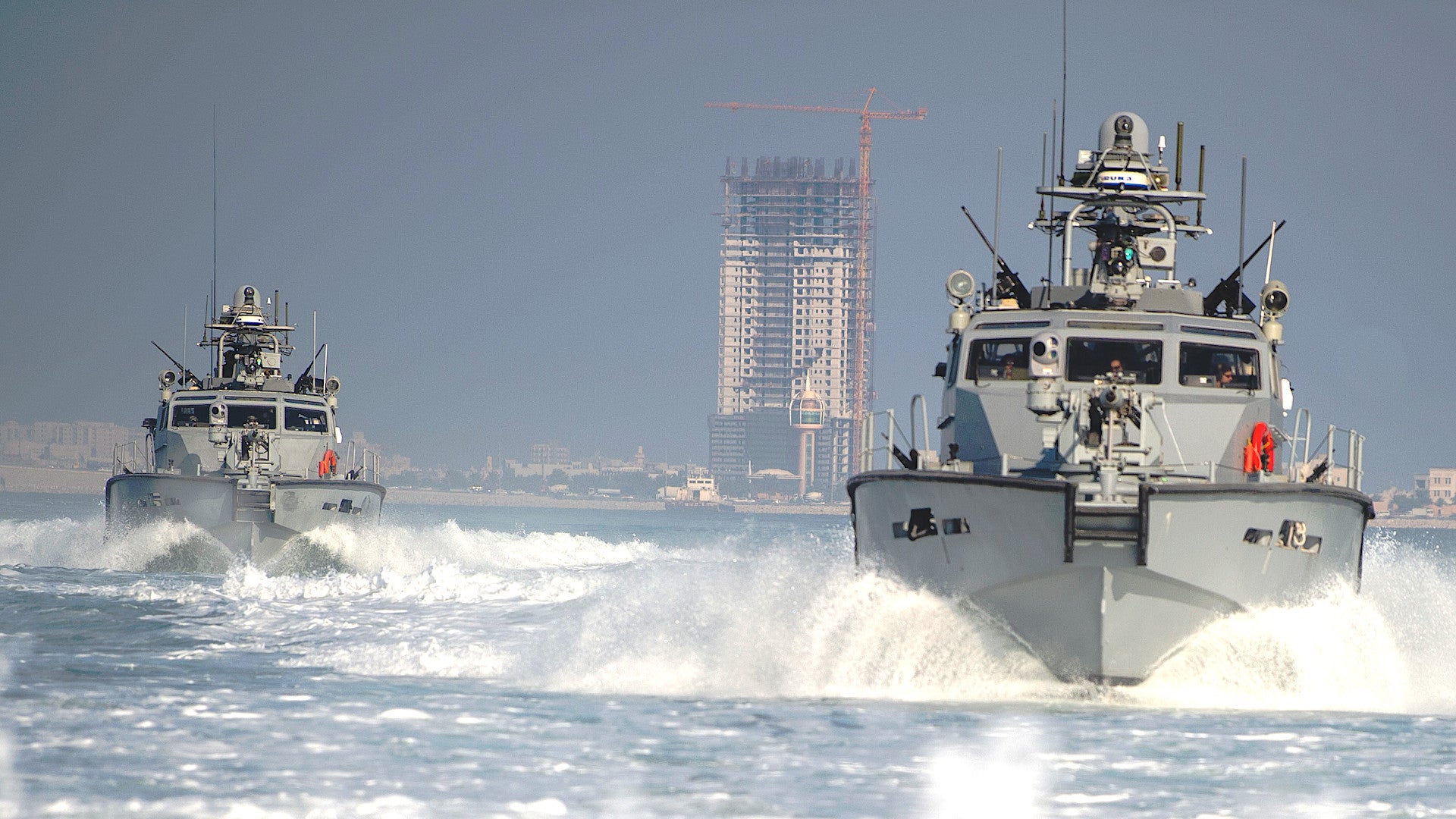The U.S. Navy has confirmed that it plans to divest all 12 of its Mk VI patrol boats as part of its budget proposal for the 2022 Fiscal Year. The War Zone
was first to report that these patrol boats, the oldest of which are only six years old, were slated for early retirement. This announcement comes despite earlier indications that the service might have reversed this controversial decision.
The service’s overview of its Fiscal Year 2022 budget request also confirms that it will not directly replace these boats, which it took delivery of between 2012 and 2015. Instead, the plan, at present, is for a mixture of existing Navy and Coast Guard vessels to take over the missions that the Mk VIs had performed, including visit, board, search, and seizure (VBSS) operations, support to mine-clearing activities, and general force protection, to include the escort of high-value warships and submarines in and around sensitive areas, such as the Persian Gulf region.
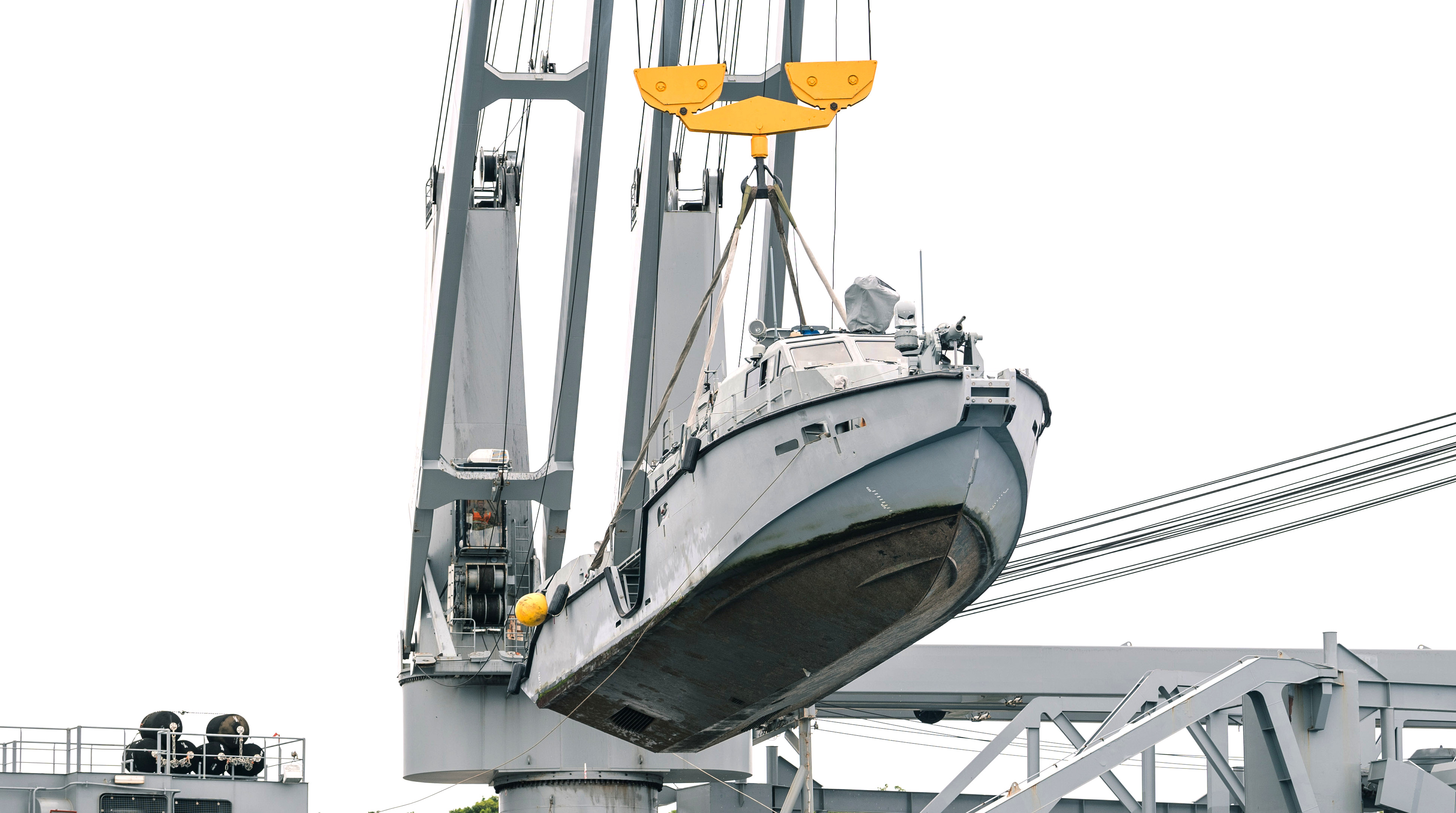
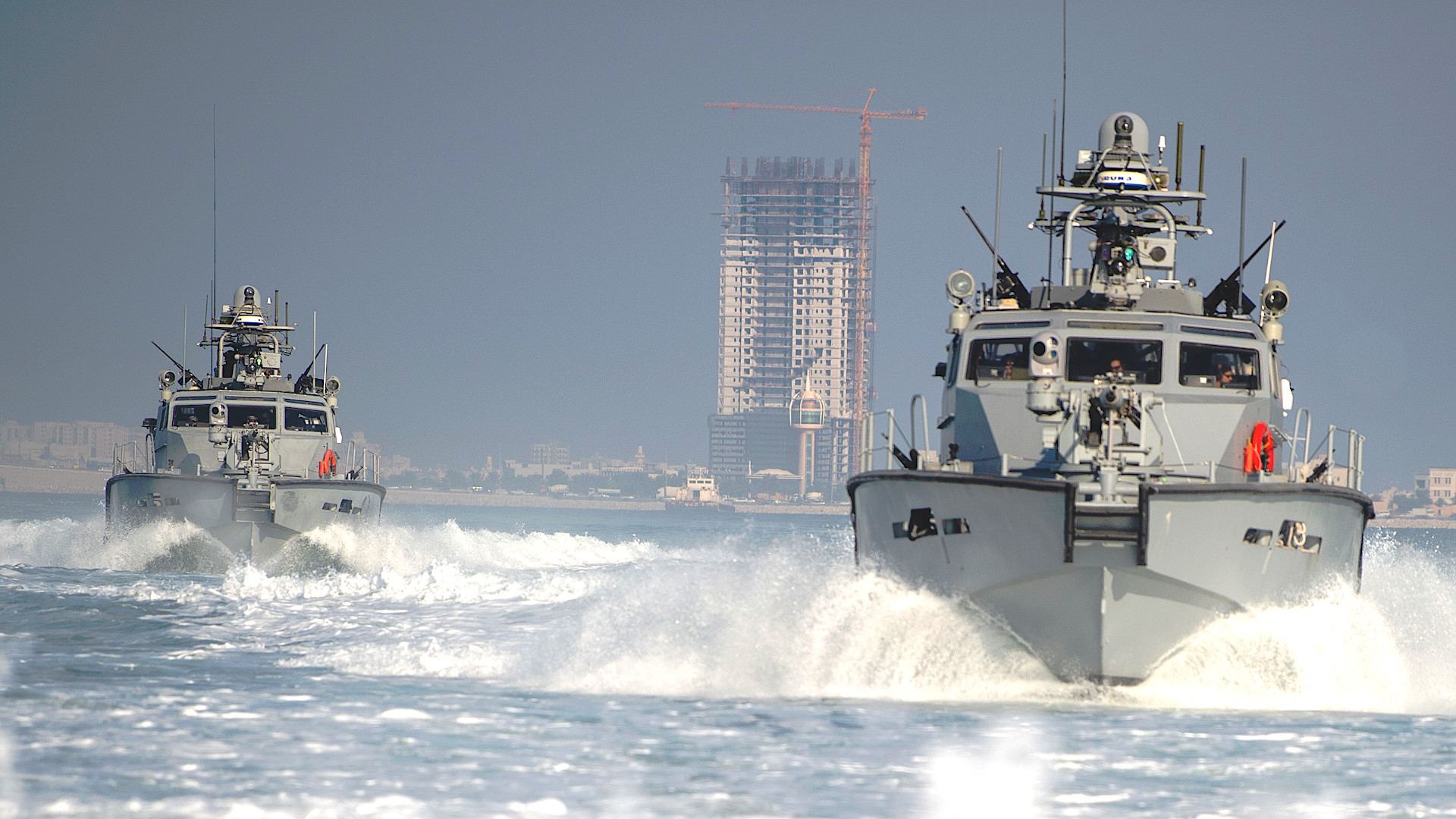
“The Navy reallocated the associated end strength savings to higher priority Navy programs,” according to a Navy document highlighting various significant portions of its proposed 2022 Fiscal Year budget. “The final deployment for the affected Coastal Riverine companies is scheduled to be complete by approximately the end of 2021.”
The Navy expects to free up approximately $74 million by getting rid of the Mk VIs. This is “despite having spent nearly $200 million in recent years to buy the craft and establish training and support efforts,” according to USNI News.
The timeline laid out in the 2022 Fiscal Year budget request is slightly delayed compared to what the Navy had originally considered for the divestment of the Mk VIs, which had previously been expected to be completed by the end of September of this year. In April, the service told Naval News that it had halted those specific plans, which had suggested that it might have reversed the decision to retire these boats entirely. However, Navy Lieutenant Rob Reinheimer, a service spokesperson, had also stated “we are not going to speculate on the program’s future.”
The decision to acquire the Mk VIs was originally in response to an urgent request in 2007 from U.S. Fifth Fleet, which forms the core of Naval Forces Central Command (NAVCENT), the top Navy command in the Middle East, for additional capacity to support the aforementioned mission sets. The service had originally planned to buy 48 of these patrol boats and was still publicly advocating for increasing the total size as recently as 2019.
In the end, however, only a dozen were purchased, which are now spread between Coastal Riverine units forward-deployed in the Persian Gulf, based in the U.S. island territory of Guam in the Pacific, and bases in the continental United States.
The Mk VI has a top speed of 45 knots and can cover a distance of up to 750 nautical miles, without refueling, when traveling at a cruise speed of 25 knots. This is significant endurance for these 85-foot-long, 72-ton-displacement patrol boats. These also have relatively impressive capabilities for a craft of their size, including a main armament consisting of two turrets with 25mm automatic cannons, one on the bow and one toward the stern, along with various machine guns.

In addition, they have robust communications and sensor suites and were designed with open-architecture mission systems that were intended to make it relatively easy to integrate new and improved capabilities as time went on. Navy personnel have also demonstrated their ability to launch small drones and unmanned underwater vehicles from the Mk VI to support various missions and generally improve situational awareness.
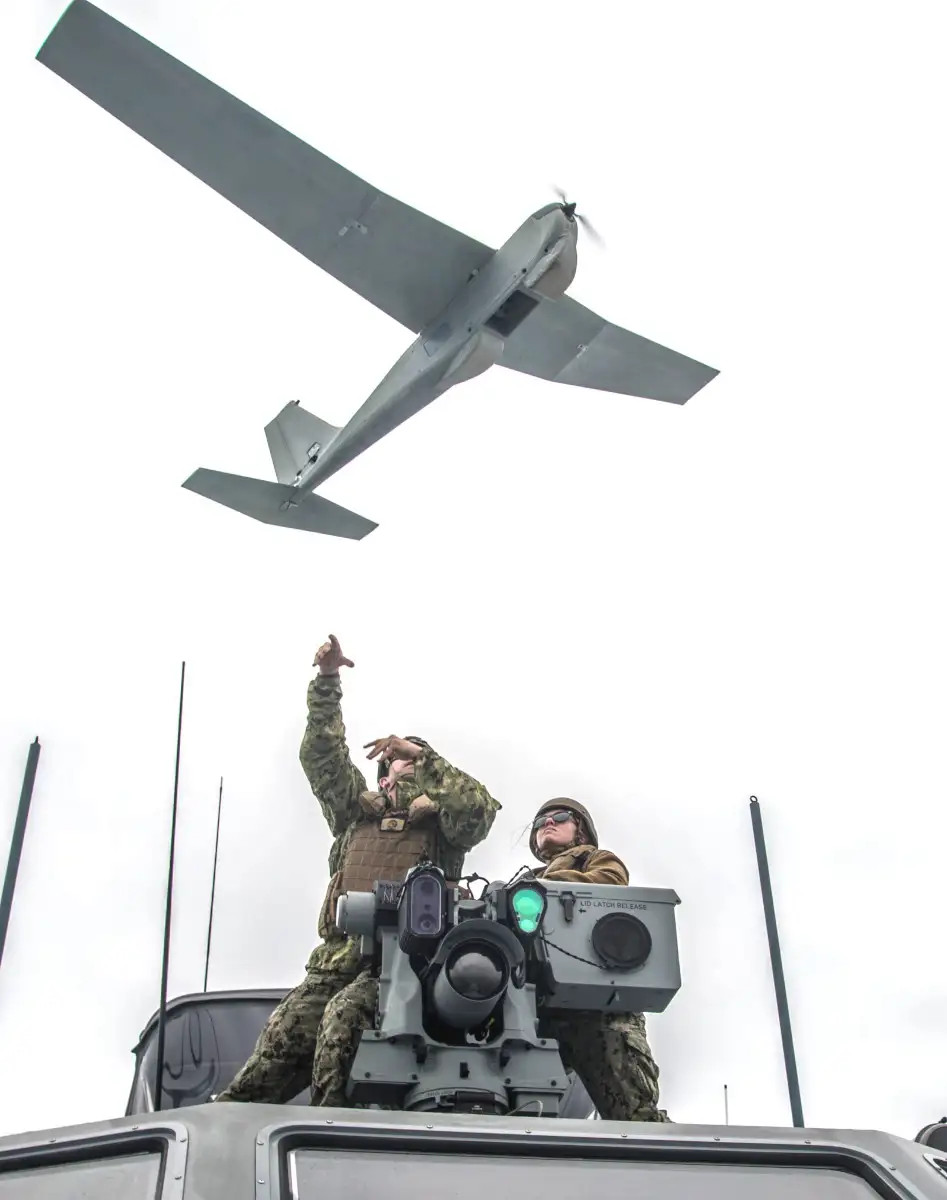
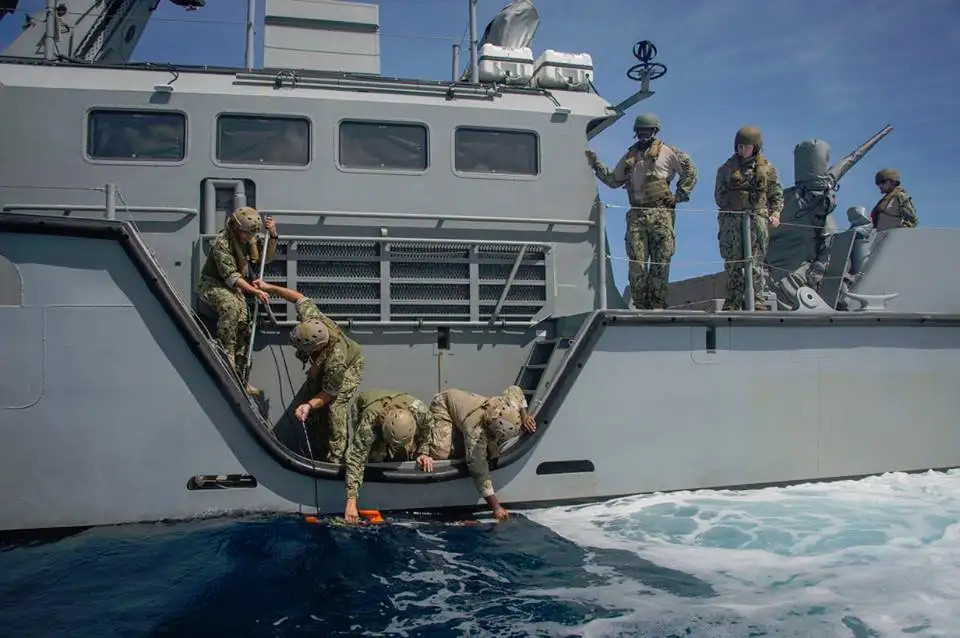
Just earlier this year, the Navy highlighted how the Mk VIs have become increasingly costly to operate and maintain, something that is no doubt exacerbated in part due to the small size of the fleet and their limited commonality with other smaller watercraft also in service now. The service has also called into question their utility in supporting future major conflicts, including against potential near-peer adversaries, such as Russia or China.
As The War Zone
explored in detail when we first reported this story in February, there are significant questions about how well the Navy is served by divesting the Mk VIs. In recent years, the service has repeatedly highlighted its need for additional operational capacity, broadly, to include to support lower-end mission sets in order to free up larger, more capable warships for higher-end operations. One would imagine that assigning the missions that the Mk VIs had performed to other existing platforms would only increase the operational strain on them.
In addition, while the Mk VIs might not necessarily be suitable for direct high-end engagements in future major conflicts, this would not preclude their employment in lower-threat areas tangential to where the heaviest fight might be occurring that are nevertheless important to defend. Beyond that, the operational requirements that drove the Navy to buy these patrol boats in the first place continue to exist.
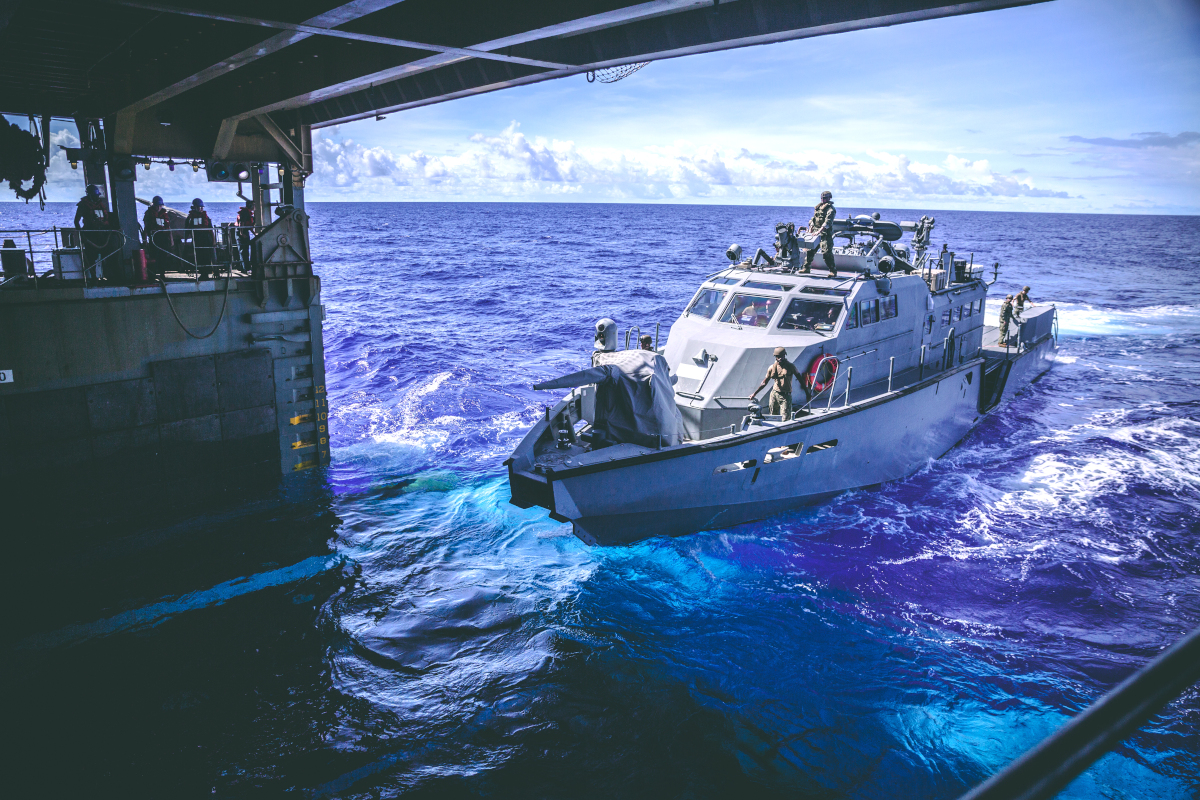
Earlier in May, a U.S. Coast Guard patrol boat fired warning shots at small boats belonging to Iran’s Islamic Revolutionary Guard Corps that were maneuvering aggressively in the vicinity of the Ohio class guided-missile submarine USS Georgia as it passed through the strategic Strait of Hormuz, which links the Persian Gulf to the Gulf of Oman. That was the third such altercation between American warships and IRGC watercraft in just over a month and was the second time that U.S. personnel had fired live rounds to warn off the Iranians.

In addition to Coast Guard patrol boats, Navy Cyclone class patrol craft were also involved in all three of those incidents, while the Mk VIs, ideally suited to these kinds of operations, were conspicuously absent. The service has also been in the process of decommissioning the Cyclones, which are larger, but older, than the Mk VIs, again without a direct replacement. This raises further questions about its capacity to perform force protection and other lower-tier missions in potential hotspots, such as the Persian Gulf.
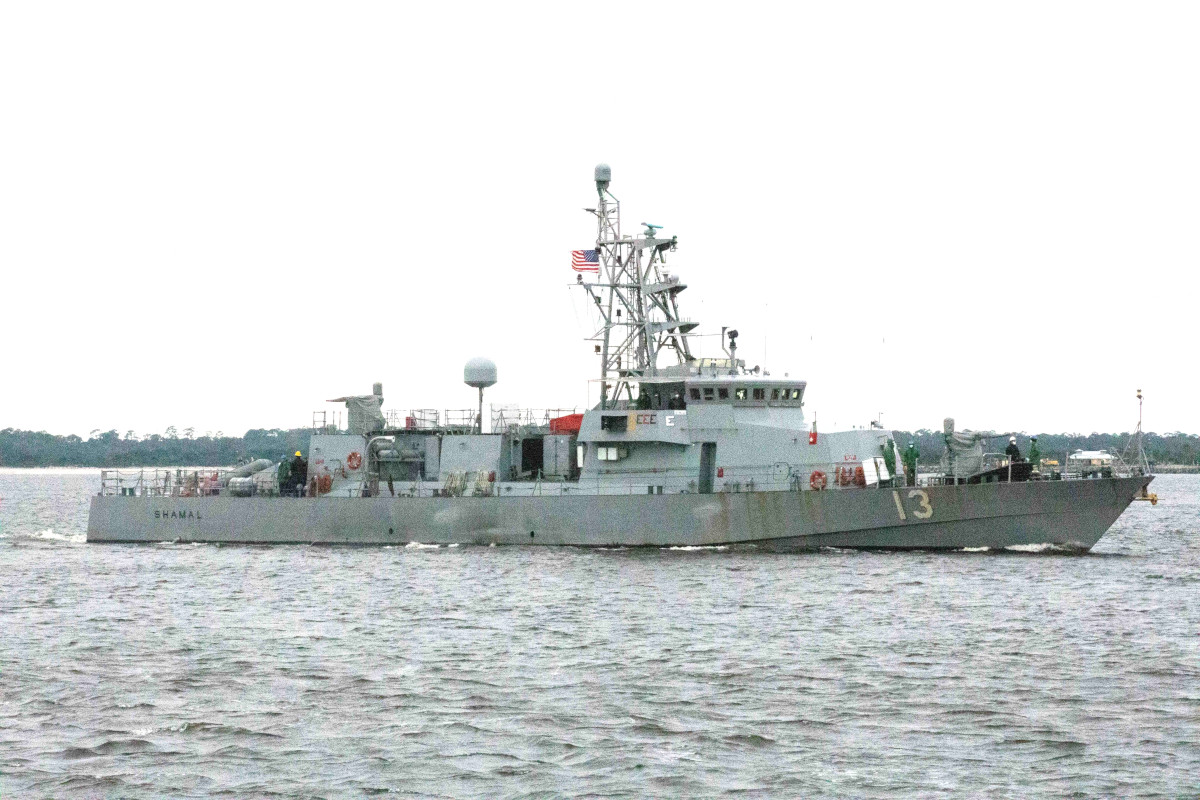
All of this comes as the Navy has also faced serious hurdles in employing its two subclasses of Littoral Combat Ships (LCS), which presently cost as much as an Arleigh Burke class destroyer to operate and maintain. In the service’s 2022 Fiscal Year budget request, it is again looking to retire the first two examples of both the Freedom and Independence class LCSs, which have long been relegated to training and test and evaluation duties, and that it has determined cannot be made suitable for operational use without major upgrades. At the same time, the Navy remains very committed to the LCS program and expanding their operational use, especially in the Pacific.
It is important to note that Congress could intervene to block the Navy’s plans for the Mk VIs. Lawmakers still have to approve the entire proposed U.S. military budget for the 2022 Fiscal Year, which begins on Oct. 1, and then actually appropriate funds to pay for it. Legislators routinely make significant changes to proposals from the Pentagon and the various service branches, including both cuts to and the addition of extra funds for certain projects, before passing any annual budget or other defense spending package.
Regardless, the Navy has now formally spelled out that it wants to get rid of all 12 of its Mk VI patrol boats in the next fiscal year.
Contact the author: joe@thedrive.com
